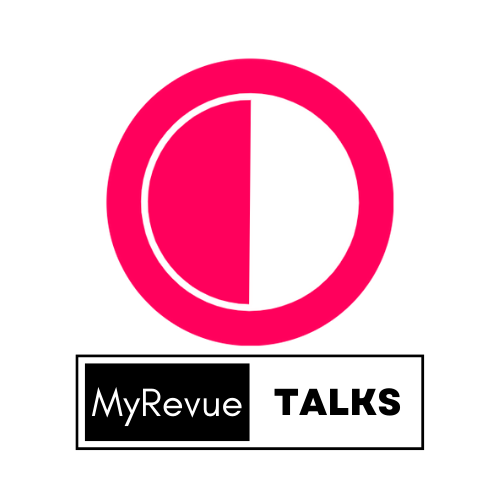UGC and User-Generated Product Demos in Experiential Campaigns
User-Generated Content (UGC) and user-generated product demos can be powerful components of experiential campaigns.

Written by Shivangi
Updated on 30/07/2023
<div>User-Generated Content (UGC) and user-generated product demos can be powerful components of experiential campaigns, allowing brands to showcase their products in an authentic and engaging way. UGC-driven product demos involve real users demonstrating the features and benefits of a product based on their personal experiences. Here's how UGC and user-generated product demos can be utilized in experiential campaigns:</div><div><br></div><div>1. **Authenticity and Trust:** UGC-driven product demos provide authentic demonstrations by real users, which are perceived as more trustworthy than traditional promotional content. Potential customers are more likely to trust UGC from fellow consumers.</div><div><br></div><div>2. **Real-World Use Cases:** User-generated product demos show the product being used in real-world scenarios, providing a more relatable and practical understanding of its capabilities. This helps potential customers visualize how the product can benefit them in their daily lives.</div><div><br></div><div>3. **Social Proof and Influence:** When users see others successfully using and benefiting from a product through UGC demos, it creates a sense of social proof. This encourages potential customers to follow suit and try the product themselves.</div><div><br></div><div>4. **Engagement and Interaction:** UGC-driven product demos are interactive and engaging. They allow potential customers to ask questions, seek advice, and receive feedback from real users, promoting two-way communication.</div><div><br></div><div>5. **Diverse Perspectives:** UGC demos can feature a diverse range of users, showcasing different perspectives and use cases for the product. This broadens the appeal of the product to a wider audience.</div><div><br></div><div>6. **Customer Education:** UGC demos can be educational, teaching potential customers how to use the product effectively and highlighting its unique features.</div><div><br></div><div>7. **UGC Contests and Challenges:** Brands can run UGC contests or challenges where users demonstrate innovative ways of using the product. This encourages creativity and participation while promoting the product's versatility.</div><div><br></div><div>8. **Crowdsourced Tips and Tricks:** Encourage users to share their tips and tricks for using the product effectively. This crowdsourced knowledge benefits both the brand and its customers.</div><div><br></div><div>9. **Influencer Collaboration:** Collaborate with influencers or brand advocates to create UGC product demos. Influencers can share their experiences and reach a wider audience, further amplifying the campaign's impact.</div><div><br></div><div>10. **Post-Purchase UGC:** Encourage customers who have purchased the product to share their unboxing or first impressions through UGC. This can help create excitement and anticipation among potential customers.</div><div><br></div><div>11. **UGC Integration at Retail Locations:** For experiential campaigns that involve retail locations, integrate UGC product demos into displays or screens. This allows customers to see the product in action before making a purchase decision.</div><div><br></div><div>In conclusion, UGC and user-generated product demos add authenticity and credibility to experiential campaigns by showcasing the product through the lens of real users. The interactive and engaging nature of UGC demos fosters a stronger connection between the brand and its potential customers, leading to increased brand trust and higher chances of conversion. By incorporating UGC-driven product demos, brands can create more impactful and persuasive experiential campaigns that resonate with their target audience.</div>
